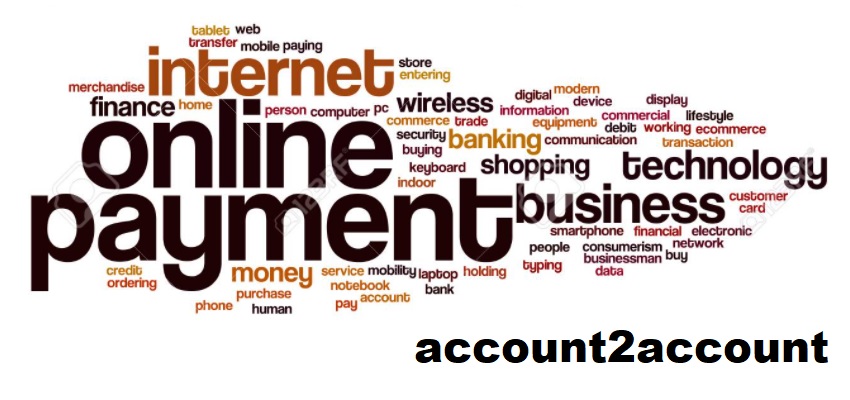
Sarah Kocianski, Head of Analysis and Research Manager at 11:FS, provides valuable insight into what the future of payments might look like in a switch from card payments to A2A payments
Card payments, either debit, credit or prepaid, are one of the most ubiquitous global payment mechanisms. In few countries there is no infrastructure for making card payments at all, yet in many others, they are the most common way to pay.
However, there is another payment mechanism, already widely adopted in some places, which has the potential to quickly achieve the same levels of international recognition as cards: Account-to-Account (A2A).
What are A2A payments?
A2A payments are made directly from one bank account to another, with no intermediary involved. That means lower cost transactions because fewer parties take a cut. They can be from one individual to another (Peer-to-Peer or P2P), or between an individual and a business.
The infrastructure underpinning A2A payments differs between countries and regions. In many countries, national rails (or in the case of the Eurozone, multinational rails) are in place to enable domestic P2P payments. These can be used by individuals to pay merchants, but for larger organisations, receiving A2A payments involves a complex process, making such transfers unattractive.
However, in some countries, the benefits of A2A payments have spurred bank-owned schemes to simplify the process. In the Netherlands, the iDEAL payment system enables A2A transfers between customers of participating banks and retailers, and it already dominates the ecommerce sector. In Sweden, a similar system called Swish, initially developed for P2P payments, has expanded to include commercial transactions. The drawback of bank-owned schemes is that they tend to be national or restricted to use in a narrow region. Privately owned payment companies have spotted the gap and stepped up – Trustly offers A2A payments across the Nordics, select other European countries, and the US, for example. However, such offerings are relatively new, and traction so far is largely in countries where A2A is already widely used.
Why is now the turning point for A2A adoption?
Technology
Trustly and similar companies are enabled by the increasing use of external APIs that allow third parties to plug into financial companies’ systems.
These third parties deliver valuable services to bank customers including moving money from their bank accounts on their behalf, using a more secure technology than alternatives like screen scraping. APIs also allow financial institutions to gather valuable data about their customers from other sources.
Regulation
In Europe, regulators recognised the increased competition and greater value these third-party services could bring to customers, and so stepped in to enforce the creation of such APIs. The second phase of the EU’s Payment Services Directive (PSD2) requires banks to build APIs that allow regulated third parties to access customer accounts and, crucially, initiate payments with the customer’s permission. Many other countries around the world are in the process of bringing in similar rules.
Economic circumstances
As I write, the COVID-19 pandemic is ongoing. Consumers’ behaviour and habits have changed dramatically, financial companies’ stability is being tested, and many merchants are being forced to adapt or die. Outlining the long-term impacts and consequences would involve an extended approach, but through the narrower lens of this article the key points are that all parties will need to save money, and remote commerce will be more important than ever. A2A payments can help everyone achieve these goals.
What’s next?
As rules enforcing the creation of open APIs by financial services companies come into force, we will see more third parties seizing the opportunity to build payment solutions on top of them. Those third parties then need to get merchants and consumers using them.
It should be an easier sell to merchants as ecommerce booms globally and COVID-19 accelerates the trend. They have an imperative to enable online sales, and given economic conditions, to do so cheaply.
Customer adoption will be trickier as old habits die hard, so the benefits of A2A payments vs other methods have to be clearly demonstrated. If the user journey is executed properly, the checkout should be quicker and easier. Using A2A payments could also be cheaper for the customer, if merchants pass on a percentage of the savings made by not paying fees to schemes as an incentive. Banks and larger A2A payment providers could offer rewards to customers using A2A too.
Ease of purchase and price are arguably two of the biggest drivers behind whether a customer chooses a particular merchant over a comparable one, so these two combined factors will drive adoption.
Of course, there are countries where the percentage of people who have accounts at formal financial institutions is low, presenting a hurdle to A2A adoption. Yet things can be facilitated in this matter, by the continuing spread of technology-enabled solutions that offer financial accounts with more innovative providers.
Considering all the above, there’s every reason to believe A2A payments will become the next globally ubiquitous payment method.
About the author
Sarah is responsible for generating unique, engaging, and insightful research on subject areas across the finance and tech industries. She’s a regular host of 11:FS podcasts, and frequently presents at global fintech conferences and events.
Banking 4.0 – „how was the experience for you”
„To be honest I think that Sinaia, your conference, is much better then Davos.”
Many more interesting quotes in the video below: